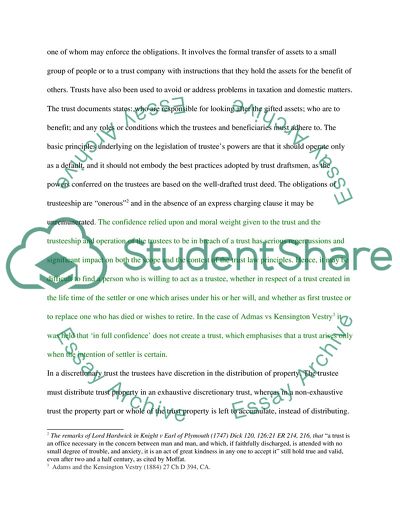Cite this document
(The Concept of Discretionary Trust in the Light of Social Changes Case Study, n.d.)
The Concept of Discretionary Trust in the Light of Social Changes Case Study. https://studentshare.org/law/1711358-trusts
The Concept of Discretionary Trust in the Light of Social Changes Case Study. https://studentshare.org/law/1711358-trusts
(The Concept of Discretionary Trust in the Light of Social Changes Case Study)
The Concept of Discretionary Trust in the Light of Social Changes Case Study. https://studentshare.org/law/1711358-trusts.
The Concept of Discretionary Trust in the Light of Social Changes Case Study. https://studentshare.org/law/1711358-trusts.
“The Concept of Discretionary Trust in the Light of Social Changes Case Study”. https://studentshare.org/law/1711358-trusts.


